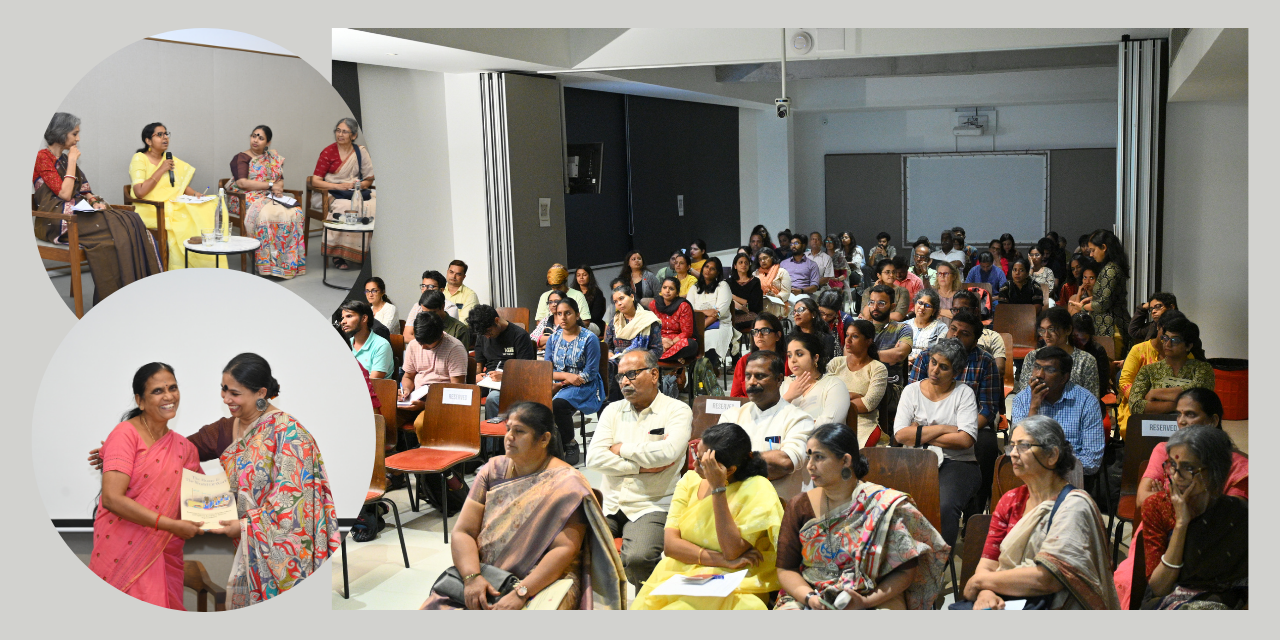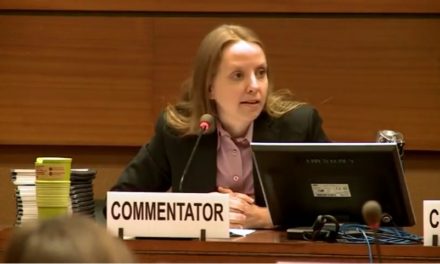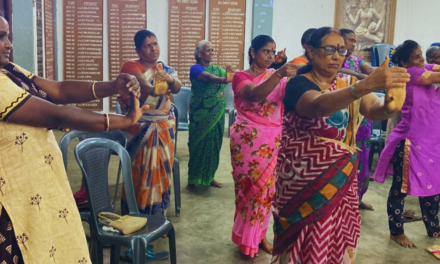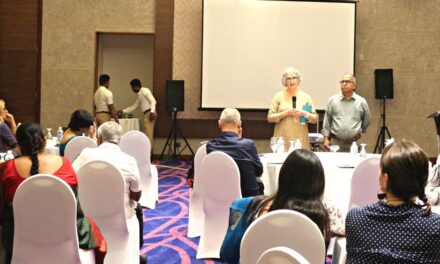Cividep India Launches New Research Report and Documentary on Women’s Labour at Home and in Factories
Between 2022 and 2024, a Cividep team, led by Rekha Chakravarthi (Director, Research & Advocacy) and Research Associate Kaveri M.T., joined forces with Prof. Supriya RoyChowdhury from the National Institute of Advanced Studies (NIAS) and they set out to follow the lives of 184 women garment workers. With support from two labour unions and one community-based organisation – the Garment Labour Union (GLU), Karnataka Garment Workers Union (KGWU), and Munnade Social Organisation – the team was able to do extensive field research in Bengaluru, Mysuru, and Kanakapura. The workers were a mix of intra-state and inter-state migrants, working intense shifts in garment factories across Karnataka.
The team documented continued prevalence of harsh working conditions, harassment and violence, low wages, and poor unionisation among garment workers, all well-known to observers of labour conditions in the industry. The point of departure of this research, which was conceptualised against the backdrop of the Covid-19 pandemic in 2022, was to understand the impact of garments work on workers and their households, looking at the intersection of gender, labour, and capital. “The pandemic had brought to light a long-held observation by feminist scholars that economic crises are crises in social reproduction. The pandemic not only halted economic activities but also intensified the crisis of social reproduction, the costs of which are often borne by women, especially among the working class and poorer sections of the society,” recalled Rekha.
The impact of low wages on the worker and their households, often whose principal earners are the women workers the team interviewed, is that their wages do not allow them to rely on the market for the transference of social reproduction. “Thus women workers spend a total of 9-10 hours in a gruelling work environment in factories and then expend another 5-6 hours of labour within their homes. In addition, sometimes, women spend another two hours doing an additional job to supplement their income,” said Rekha.
As women workers choose between time poverty and income poverty, the impact is most acute on their labouring bodies, until they are finally worn out, depleted, and ejected out of productive work. For workers who are unable to find a foothold in the city, they return to their rural natives constrained by the high costs of social reproduction entailed in living in the city. Most crucially, the impact of time poverty and income poverty is significant among the children of workers – their earnings are not enough to afford quality education for their children, who more often than not end up in irregular, low-paid informal work as adults. “The narrative reveals how women workers and their families struggle to educate the next generation, who are often found to join the low-wage urban workforce, illustrating the continuation of informal, low-wage labour across generations,” observed Deepika Rao, Executive Director of Cividep, at the launch of the research report on October 3rd at the Bangalore International Centre.
This was just one of many critical findings from Cividep’s two-year research project on the garment industry in Karnataka, which culminated in the release of The Home & The World of Work report and the premiere of the documentary Garment Kelsa: Women & Work on October 3rd. Both the report and the film paint a stark picture of exploitation and persistent low wages in the absence of an organised labour force, physical and mental depletion of the labouring bodies, time poverty, and limited intergenerational mobility.
Highlights from the Launch
The event at the Bangalore International Centre was a landmark gathering, attended by civil society organisations, media, and worker representatives. Deepika Rao (in video left) opened the evening with a warm welcome, thanking the audience for their presence and ongoing support. She highlighted the collaborative nature of the research, which was made possible with the involvement of trade unions and community-based organisations, and emphasised the urgent need to have more conversations about women’s many sites of labour.
Professor Rukmini Sen, Dean of BR Ambedkar University in Delhi, officially launched the report, handing copies to Rukmini, President of the Garment Labour Union, and Yashodhamma PH, General Secretary of Munnade Social Organisation. Dr. Supriya RoyChowdhury, the report’s author, then took the stage, delivering a searing presentation on the exploitative conditions endured by these women workers — conditions worsened by inadequate wages and a deeply gendered division of labour at home and in the factory. (Read The Hindu’s report here)
A key highlight of the event was a panel discussion titled ‘Women and Work: Why Labour and Women’s Movements Must Come Together’, which featured thought-provoking insights from writer-researcher Indrani Mazumdar, Dr. Rukmini Sen, senior researcher Dr. Neethi P. (IIHS), and activist-researcher Madhu Bhushan (in pic below).
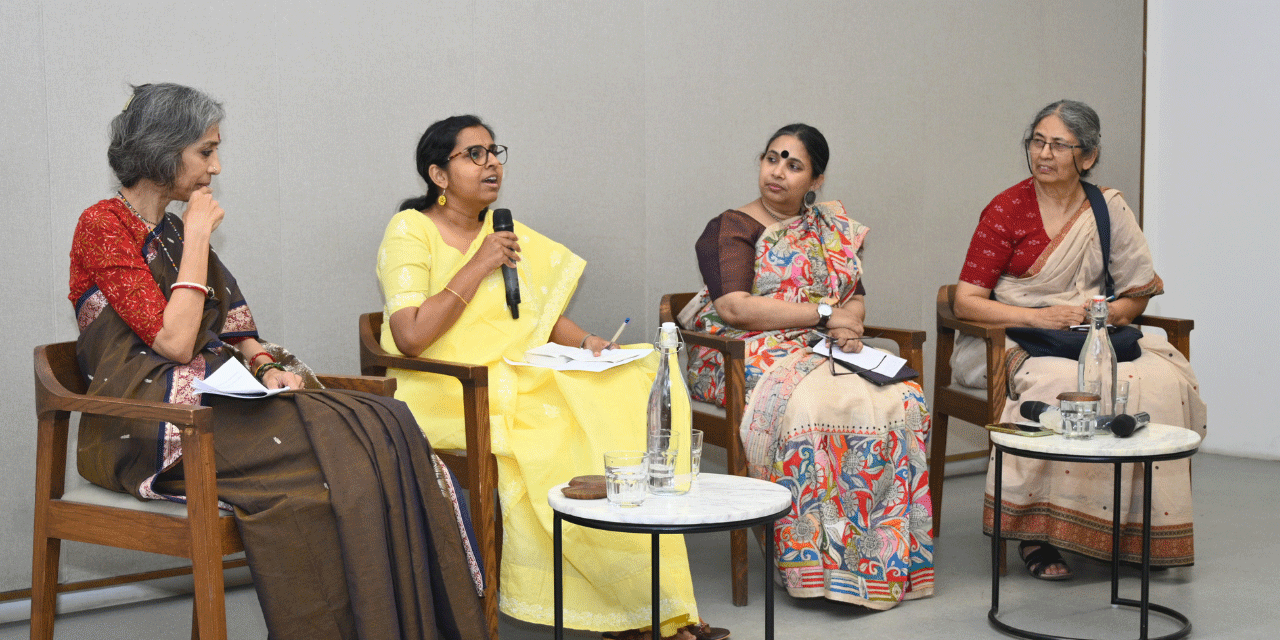
The panellists discussed women’s activism at the intersection of the labour and women’s movements, highlighted the challenges of viewing production and social reproduction as distinct spaces, and how this separation shapes both movements. Can these movements erase this divide, challenge women’s labour within the home, and seek rightful workplace rights? How can they reshape gendered labour norms at employment and within households? Finally, can they build solidarity and collectives to realise women’s organised labour? These were some of the key points that fuelled the panel’s spirited discussion.
 The premiere of Garment Kelsa: Women & Work was a poignant moment in the evening, striking an emotional chord with the audience. Directed by Aarthi Parthasarathy of Falana Films (in pic right), the documentary follows the personal stories of five women workers, offering an intimate look into their everyday struggles, joys and aspirations.
The premiere of Garment Kelsa: Women & Work was a poignant moment in the evening, striking an emotional chord with the audience. Directed by Aarthi Parthasarathy of Falana Films (in pic right), the documentary follows the personal stories of five women workers, offering an intimate look into their everyday struggles, joys and aspirations.
Findings from the Report
The team surveyed 184 women workers — 123 intra-state migrants and 61 inter-state migrants — using a mixed-method approach that combined individual meetings in their homes with broader analysis of industry-wide impacts. The findings uncovered the following:
- Wages and Earnings: While the minimum wage in the garment sector is ₹10,330 (basic + DA), other sectors pay significantly more, with 61% of workers reporting a desire for better wages and 82% working overtime, though only 58% were paid fairly for the extra hours. 16% of these women were forced to take on additional paid work (domestic work, tailoring, selling flowers) just to make ends meet.
- Violence and Abuse in Factories: Verbal abuse was reported by 100% of the workers, with 68% facing restrictions on toilet breaks, 66% pointing to disciplinary measures such as isolation, 61% experiencing physical abuse and 39% reporting sexual harassment.
- Violence within Homes:Almost 60% of workers said they faced various forms of domestic violence and harassment within the household. Looking at violence as an instrument of production in factories and as a form of control within the household, the study found a normalisation of violence on women’s bodies in both these spaces.
- Unionisation and Health Impacts: Only 5-10% of the workforce is unionised across five different unions in Bengaluru and Mysuru. Their relentless schedules, working an average of 16 hours a day between factory and household chores, left them physically overworked and mentally drained.
- Generational Labour: Perhaps the most striking discovery was that despite all their hard work, these women are unable to break the cycle of informal labour. Around 60% of workers’ children are now employed in the service sector, earning between ₹10,000-₹15,000 per month — a stark indication that poverty and low-wage labour persist across generations.
- The Crisis of Social Reproduction: Women’s labour underlies the reproduction and sustenance of a labour force that is harnessed by the capitalist system as a necessary but low-paid generator of surplus value. Capitalist production systems create multiple stressors under which social reproduction takes place, while at the same time, depending upon social reproduction for the creation and maintenance of its most critical component, labour.
Looking Ahead
The evening concluded with audience members engaging in discussions with the research team and panellists about women’s labour, collectivisation, and the need for stronger policies that recognise the home as a critical site of labour. Cividep plans to continue the conversations on women and work, specifically on the need for women’s groups and organised labour to come together more. “It is very important to consider the sites of production and social reproduction as integrated processes that sustain the economic system. The untold story in our study is about how women’s unpaid work subsidises wages and reduces the cost of social reproduction,” remarked Rekha.
For more insights, read the full report here: https://cividep.org/workers-observatory/
Links to media coverage: The Hindu, The Migration Story. The Federal
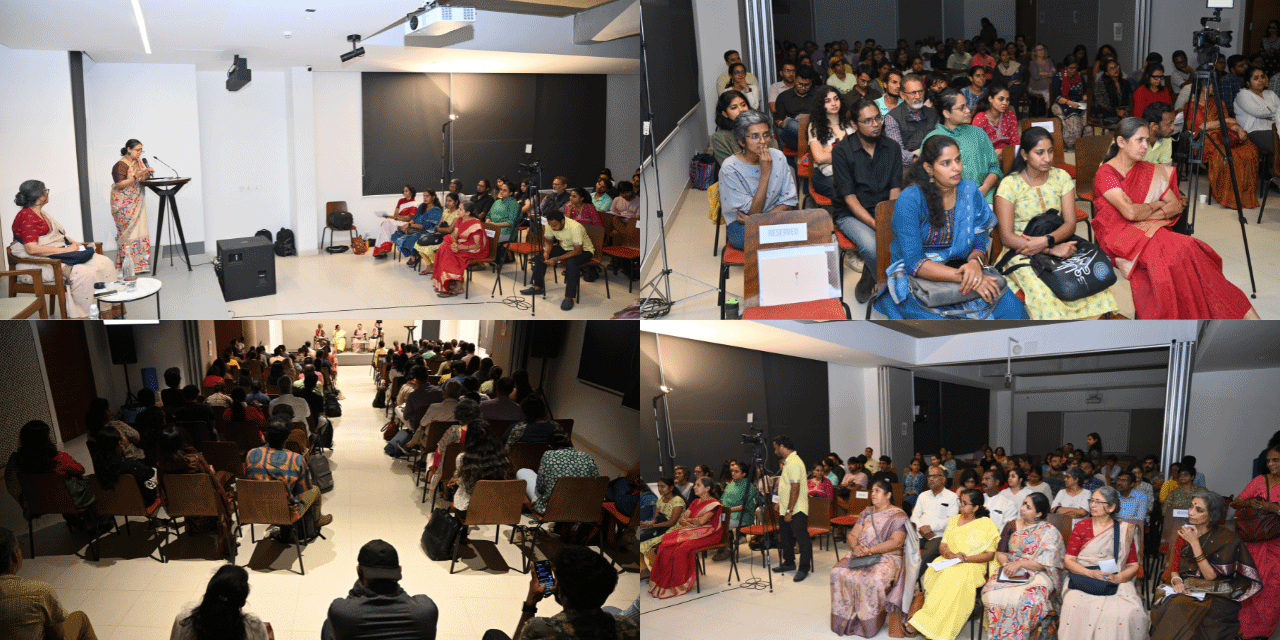
(The report and film are part of Cividep’s work with the STITCH consortium, which envisions a fair global textile and garment industry that respects human rights at work.)

